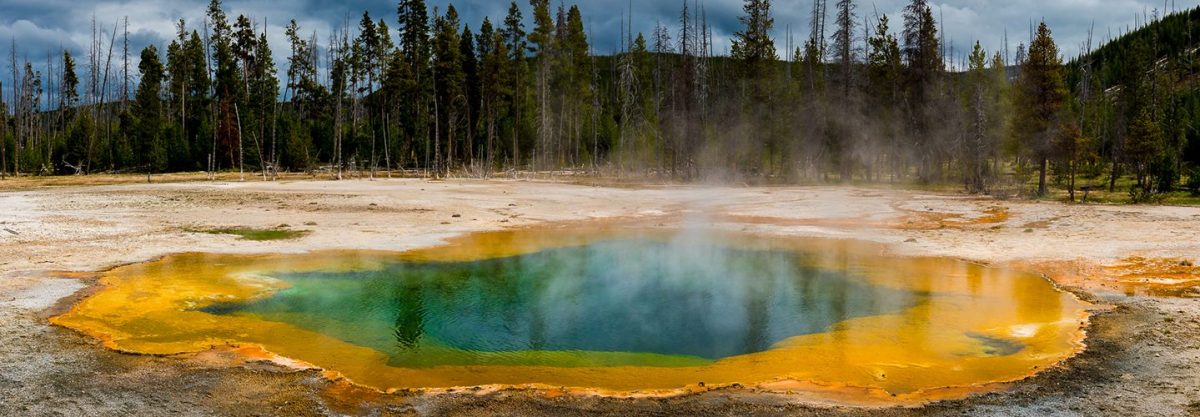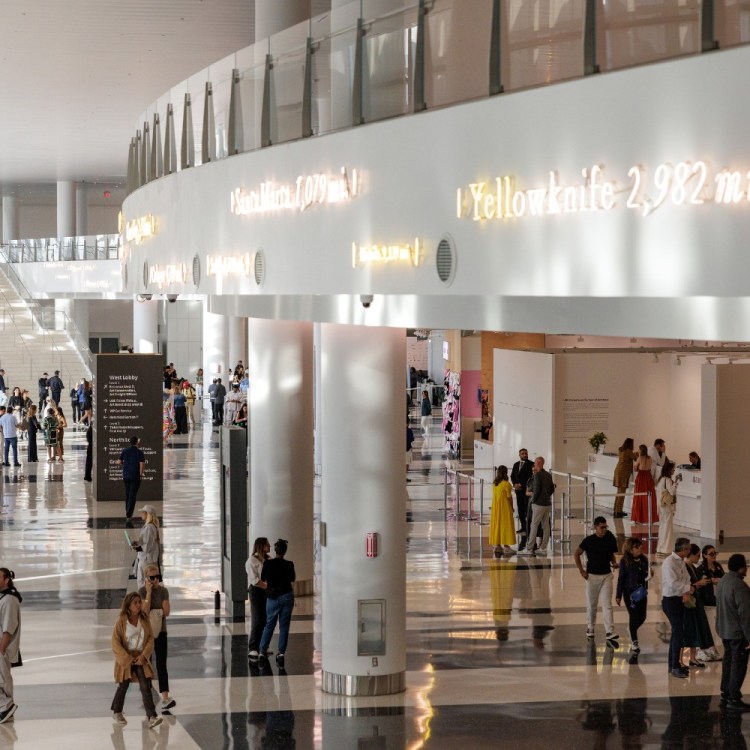The last time the supervolcano under Yellowstone National Park supererupted was 631,000 years ago. The supervolcano can expel more than 1,000 cubic kilometers of rock and ash at once, which could blanket most of the United States, according to the New York Times. The supervolcano is so powerful that it could plunge the Earth into a volcanic winter.
This isn’t the only hidden supervolcano either. According to The Times, scientists suspect a supereruption happens every 100,000 years, begging the question, when is the next one?
So scientists are looking for answers in Yellowstone’s past. They found that the forces behind the rare and violent events can happen much faster than volcanologists originally thought, according to The Times.
Early evidence shows that Yellowstone’s most recent supereruptions were caused by new magma moving into the system. This happened only decades before the eruption. It was previously thought that the geological process that led to the event took millenniums to happen, writes the Times.
Hannah Shamloo, a graduate student at Arizona State University, and her colleagues spent weeks at Yellowstone’s Lava Creek Tuff to make this discovery. Lava Creek Tuff is a fossilized ash deposit from the last supereruption, explains The Times. The team hauled rocks around to gather samples of trace crystals, which Shamloo later analyzed.
The crystals were all once in the magma deep underground, and as they grew outward, they recorded changes in temperature, pressure and water content beneath the volcano, reports The Times. The outer rims of the crystals revealed a “clear uptick in temperature and a change in composition that occurred on a rapid time scale,” reports The Times. Therefore, the supereruption happened only decades after new magma was injected beneath the volcano. In geological terms, this timeframe is the “blink of an eye,” reports The Times.
“It’s shocking how little time is required to take a volcanic system from being quiet and sitting there to the edge of an eruption,” said Shamloo, to The Times, though she also said there is more work to be done before scientists can come up with a more specific timescale.
Luckily, The Times writes that the odds of Yellowstone or any other supervolcano erupting any time soon are small. However, knowing more about previous eruptions will help scientists better understand and forecast “the entire spectrum of volcanic eruptions.”
This article appeared in an InsideHook newsletter. Sign up for free to get more on travel, wellness, style, drinking, and culture.























